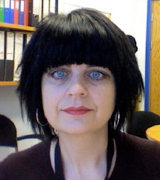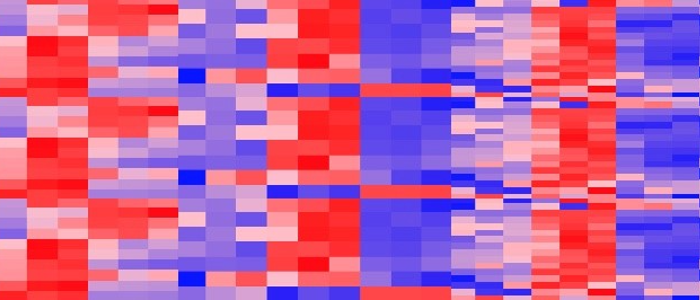
The activation of immune cells is associated with dramatic changes in signalling activity and energy use, as the cell springs into action, proliferating, migrating, producing effector molecules, and communicating with neighbours. The Immunometabolism and Signalling Group is providing new insight into the molecular mechanisms that regulate cell activation and the networks that connect these interactions. We investigate signalling within cells, between cells, and in location within infected and inflamed tissues.
Our research includes discovery science and translational and clinical potential, and we work closely with colleagues in Bacteriology, Parasitology, Virology and across Medical, Veterinary and Life Sciences, sharing interests in metabolic and immune signalling across multiple diseases of infection and chronic inflammation.
Our current questions include:
- Is activation of innate immune cells controlled by rheostat mechanisms?
- Do different tissues impose different metabolic pressure on responding immune cells?
- Do secreted metabolites represent a signalling network equivalent to that of cytokines or chemokines?
- Are brain cells regulated by the metabolic activity of their neighbours?
- Does the chronic inflammation associated with obesity and ageing alter the metabolic signalling networks of immune cells, and can we restore function through therapeutic intervention?
Prof James Brewer | Head of Immunology
We have a developing interest in the cellular remodelling processes that underly formation of T cell/DC synapses. These have identified metabolic pathways involved in these processes and are moving to understand which ones are necessary for T cell activation. |
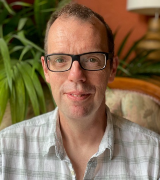 |
Dr Ruaidhri Carmody | Reader (Immunology)My research is focussed on the molecular mechanisms of immune cell function, in particular on understanding how innate immune cells initiate an inflammatory response, the molecular determinants that shape the nature of that response, and how these may be exploited for therapeutic benefit. |
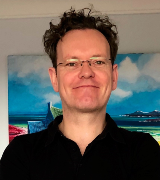 |
Prof Julia Edgar | Professor of Neurobiology
The Axo-glia Research group studies the functions of the cells that form ‘myelinated axons’, the nervous system’s ‘wires’. Axons are injured in multiple sclerosis (MS), stroke, Alzheimer’s, motor neurone disease and several other neurodegenerative conditions. We aim to understand why axons are so susceptible and how we might protect them. |
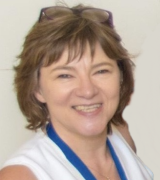 |
Prof Carl Goodyear | Professor of Translational Immunology |
 |
Prof Margaret Harnett | Professor of Immune SignallingMy research interests focus on understanding how integrated metabolic and signalling networks function to regulate development of immune responses and how they become dysfunctional in chronic autoimmune inflammatory disorders, obesity and ageing. The translational aspect of this focus is to exploit the mechanisms by which pathogens target these networks to evade the immune response in order to develop novel immunomodulatory therapies for such human conditions and associated comorbidities, that are ever increasing in our ageing populations. |
|
Prof Pasquale Maffia | Professor of Cardiovascular ImmunologyI have a major interest in the immune response in cardiovascular disease. |
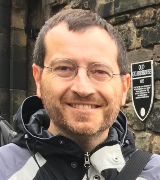 |
Prof Kevin Maloy | Professor Mucosal ImmunologyI’m a mucosal immunologist, studying immune responses in the intestinal tract and their impact on protective immunity and harmful inflammation. |
 |
Dr Georgia Perona-Wright | Senior Lecturer (Immunology)Understanding the metabolic pressures that influence the function of T cells in action, with a view towards therapeutic intervention. Interested in metabolic conversations between immune cells, pathogens, the tissue location, and other organisms nearby, like the gut microflora. |
 |
Prof Stefan Siebert | Inflammation Medicine & RheumatologyI have collaborations exploring the immune and metabolic interactions in psoriatic arthritis, both on a molecular level and as interventions in trials. |
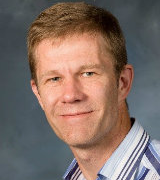 |


